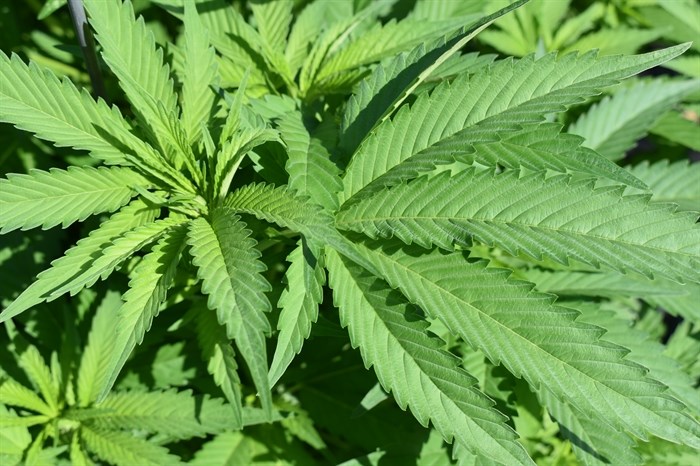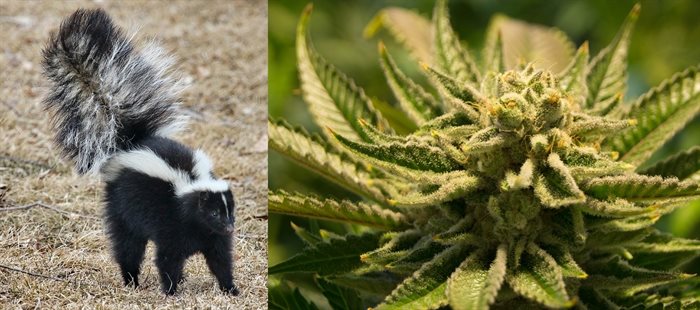Why does cannabis smell skunky? A UBC researcher wants to find out

A researcher at the University of British Columbia wants to unravel the mysteries behind the skunky smell of cannabis.
It’s one of many knowledge gaps that should be addressed while the recreational cannabis industry is still developing, and Davi de Ferreyro Monticelli, doctoral student in UBC’s department of Earth, Ocean and Atmospheric Sciences, is leading a study on the matter.
According to de his research, a facility growing 1,700 cannabis plants emits the same odour concentration as a farm with 1,600 chickens.
“So, although their smells are not the same, one cannabis plant might be equivalent to about one chicken with respect to the intensity of the odours it produces,” de Ferreyro Monticelli said in a UBC press release.
His review found 16 major gaps in the cannabis industry that he suggests should be addressed by the scientific community, regulators and industry.
"They start with the measurement of air quality in and around cannabis facilities. Most of the chemicals that are emitted react quickly in the atmosphere. Some of these can influence the formation of ultra-fine particles and ozone at ground level, which are harmful to people and the environment."
READ MORE: Cannabis removed from competition testing for some UBCO, TRU athletes
He believes it’s important to research the 16 knowledge gaps for two main reasons – to help control emissions from industrial operations, and to grow even danker weed.
“For instance, some studies claim that by controlling environmental variables such as temperature, humidity, and concentrations of volatile organic compounds, one can increase the relative value of the crop and even standardize the chemical content in the cannabis flowers,” de Ferreyro Monticelli said.
To conduct his research, odours will be analyzed by measuring the concentration of terpenes in the atmosphere close to the cannabis cultivation facilities.
The smell of cannabis is linked to two classes of chemicals – terpenes and volatile sulphurous compounds.
“However, we do not really know which type contributes more to the odours, and a better understanding would help the industry and policy makers control odorous emissions more effectively.”
– Correction: An earlier version of this story reported that de Ferreyro Monticelli will measure odours by having samples of different concentrations sniffed by trained assessors. While that is method is utilized by researchers it is not being used in the skunky weed study.
To contact a reporter for this story, email Dan Walton or call 250-488-3065 or email the editor. You can also submit photos, videos or news tips to the newsroom and be entered to win a monthly prize draw.
We welcome your comments and opinions on our stories but play nice. We won't censor or delete comments unless they contain off-topic statements or links, unnecessary vulgarity, false facts, spam or obviously fake profiles. If you have any concerns about what you see in comments, email the editor in the link above.




